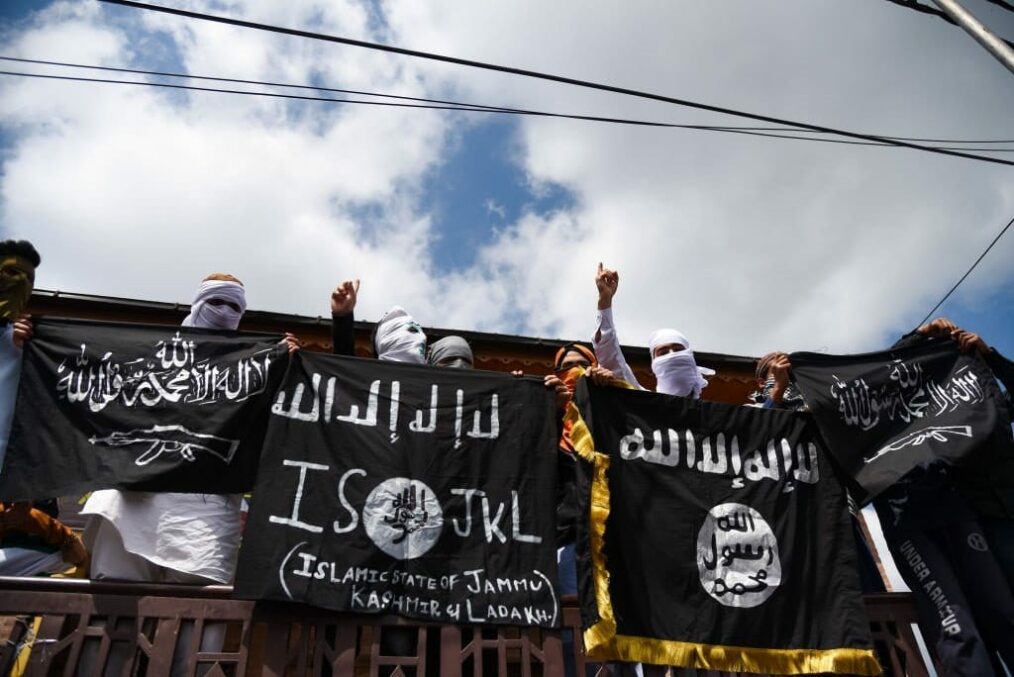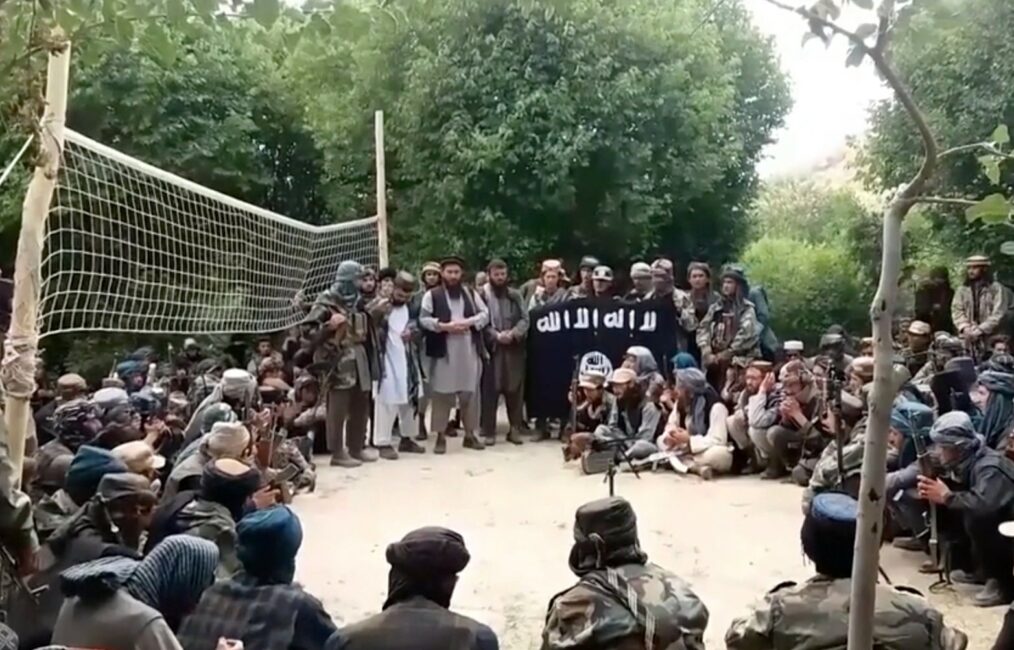Maher al-Agal was killed in a U.S. drone strike in northwest Syria on July 12, 2022. Al-Agal was a top leader of the Islamic State, and his absence from the group leaves the Islamic State without another leader to develop the organization’s goals. Having lost leaders like Abu Bakr al-Baghdadi and Abu Ibrahim al Hashimi al Qurashi in the past, the Islamic State has recovered relative to the point of continuing attacks. This then poses the question, how will the death of Maher al-Agal impact the Islamic State?
Background of Maher al-Agal and his Rise to Power
Little is known about the life of Maher al-Agal previous to his involvement with the Islamic State. He was formerly a prominent member of the Islamic State in Raqqa when the organization held control of that territory. In 2020, al-Agal moved to become a member of Turkish-backed factions and lived in the city of Afrin. Al-Agal eventually became a commander in one of those Turkish backed factions titled Jaysh Al-Sharqiyyah, the final position he held for the remainder of his life. According to the U.S. military, al-Agal aggressively worked to develop the Islamic State’s networks internationally. By the end of his life, al-Agal was considered to be one of the top five leaders of the organization.
The Airstrike that Killed Maher al-Agal
The drone strike that killed al-Agal occurred in northwest Syria, where he was confirmed to be located. A close associate of al-Agal’s was seriously injured in the blast as confirmed by the U.S. government. The target was confirmed to be al-Agal whilst he and his associate were riding a motorcycle in the town of Khaltan. An unconfirmed report by the U.S. military states that the associate eventually died of his injuries. It has still yet to be confirmed if any civilians were injured or killed in the attack, but sources thus far have said there have not been any civilian casualties.
How Death and Capture of Past IS Leaders Have Impacted the Organization
Prominent leaders of the Islamic State have been killed in different attacks by the U.S., much like that of Maher al-Agal. The former leader of the Islamic State, Abu Bakr al-Baghdadi, was killed in October of 2019. Baghdadi detonated his suicide vest, ultimately killing himself and three of his children during a pursuit inside a tunnel involving U.S. military canines. Baghdadi first gained attention in 2014 when he officially declared the Islamic State a caliphate, and it spread throughout Iraq and Syria. Despite the death of Baghdadi, the Islamic State remained and continues to remain a prominent threat throughout the world.
The death of the former leader of the Islamic State, who took leadership after the death of Baghdadi, Abu Ibrahim al-Hashimi al-Qurashi, died February 2, 2022. Al-Qurashi had a similar death to Baghdadi; while being chased by U.S. forces, he detonated a suicide vest, resulting in the blast that killed some of his family members and an ISIS deputy. His death seemed to slow the group in general; however, the organization still held hundreds to thousands of followers by the time Abu Hassan al-Hashimi al-Qurashi was chosen as successor.
Abu Hassan al-Hashimi al-Qurashi only remained the leader of the Islamic State for about three months before his capture by Turkish forces in late May. Turkish officials claim that during the raid to capture him, their forces did not have to shoot a single bullet. The U.S., still has yet to confirm whether or not the man is, in fact, al-Qurashi. However, Turkish officials allege that it is him without a doubt. The alleged capture of al-Qurashi still did not stop the Islamic State as the group still remains active throughout the world.
Outlook
Overall, while governments welcome the death of Maher al-Agal throughout the world, it is still unclear how much of an impact this will have on the Islamic State as a whole. The group has suffered thousands of casualties and multiple deaths of its top leaders, yet they continue to push their ideology and grow, especially in Sub-Saharan Africa. While this attack will impact the group and could lead to destabilization of the Islamic State as a whole, it is unlikely that the group will continue without a successor for long. It will take a united effort from the international community to help mitigate this crisis. While the death of leaders like al-Agal is a step in the right direction, ultimately, poverty reduction, stabilization of conflict zones, and repatriation and reintegration of foreign terrorist fighters and their families are just some ways to slow the growth of the Islamic State.
Claire Spethman, Counter-Terrorism Research Fellow






